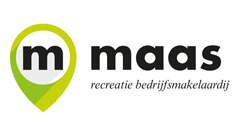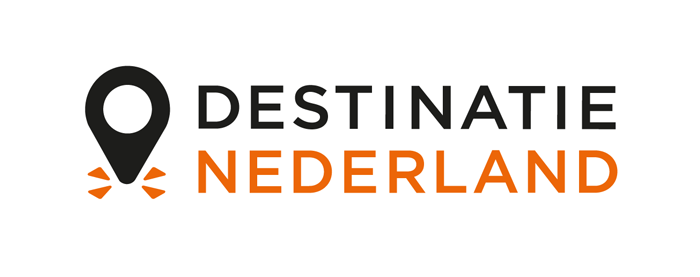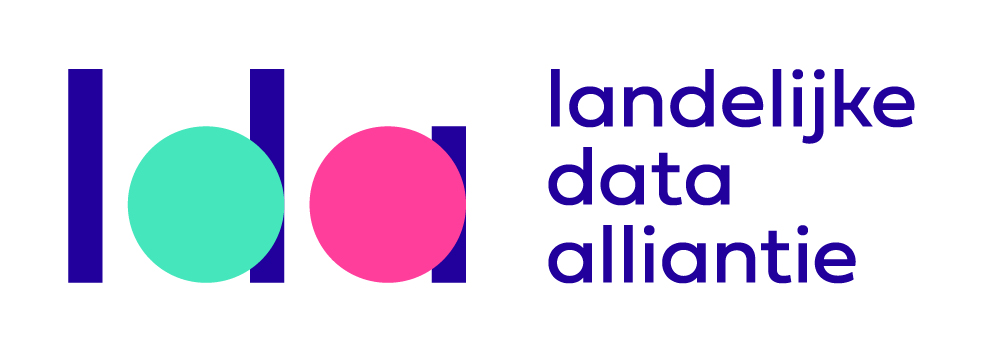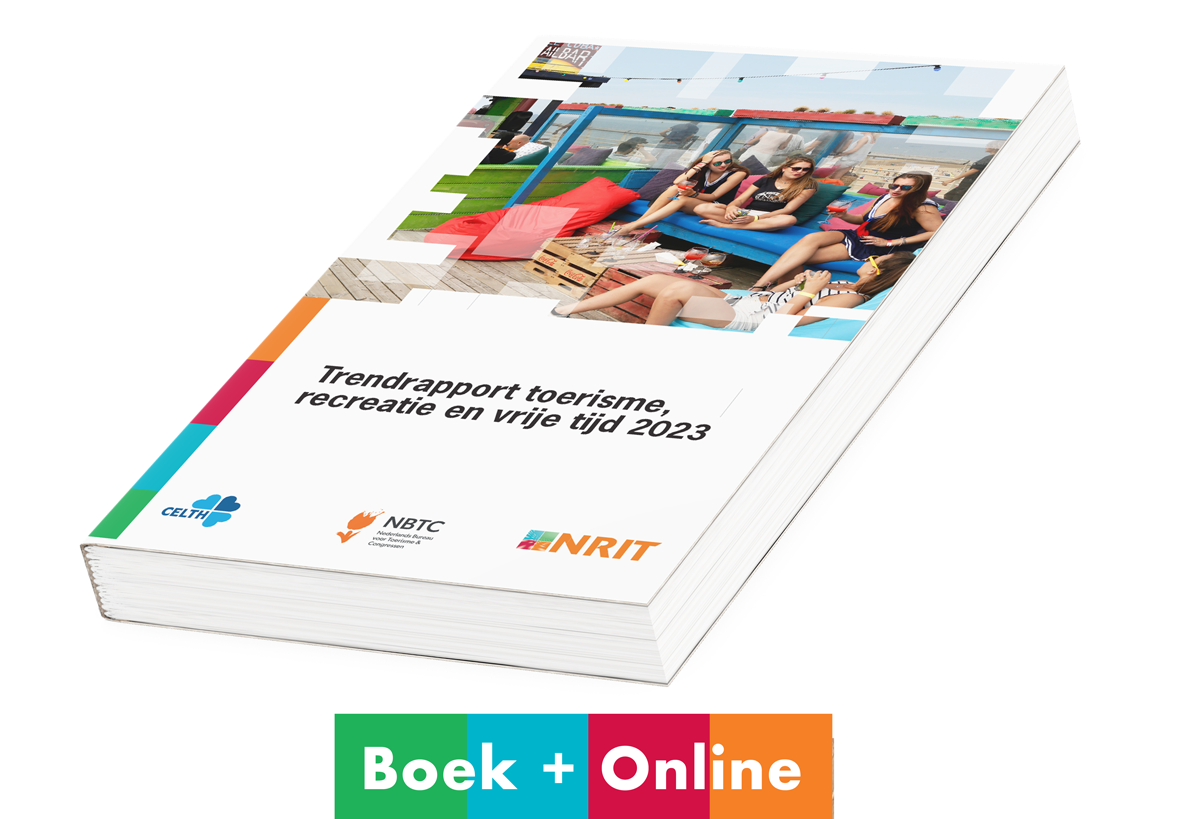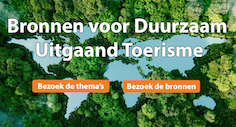Using the DigiTwin for citizen engagement
Engaging citizens in urban policy making

The Urban Living Lab Breda joins forces with the EIT Urban Mobility project (DVECE) on DigiTwins to explore how 3D visualisations of citizen’s lifeworld experiences can be translated to urban policy making. Especially in communities with people in vulnerable living conditions, it is hard to engage the voice of citizens actively in governance processes. The use of the DigiTwin requires the careful mediation of the interactions with citizens.
Ger Pepels is initiator at Samenwerkplaats Hoge Vucht and lecturer transformative social innovation at Breda University of Applied Sciences.
Nina Nesterova is team lead Smart and Sustainable Mobility at Breda University of Applied Sciences and project manager the DVECE.
Igniting engagement in neighborhoods
Urban Living Lab Breda (ULLB) is a multistakeholder collaboration of active citizens, companies, societal organisations and the municipality in Breda. Its aim is to support citizens in developing their voice in the governance of their living environment. ULLB organises itself in theme-based Communities (e.g. Inclusive society) and in Samenwerkplaatsen (SWP), place-based spaces for collaboration.
SWP Hoge Vucht focuses on a neighborhood of 15.000 inhabitants in the north-east part of the city. It is a diverse neighborhood with relatively significant numbers of social housing, people with low incomes, low levels of education, and limited life expectancy. The neighborhood also functions as a landing-place for many newcomers with non-Western backgrounds. At the institutional level, the neighborhood is assessed as being vulnerable.
For two years now, SWP is engaging citizens around neighborhood issues. The citizens value their neighborhood, though they also see substantial space for improvements. Inspired by the bottom-up ‘Asset and Strength Based Community Development approach’ of SWP, the inhabitants identified four priorities: mobility (safety), public space, housing and attractive community spaces.
Especially in communities with people in vulnerable living conditions, it is hard to engage the voice of citizens actively in governance processes.
Dynamic visualisations to enhance citizens engagement (DVECE)
The DVECE project tests the application of dynamic visualizations to enhance citizens’ engagement in the mobility context. Through ideation, co-creation and validation/evaluation workshops within three living labs (Breda, Thessaloniki and Helsinki), DVECE collects, prioritizes and matches mobility needs, set by different groups of vulnerable users in a neighborhood, with policy plans and real-time data. BUas is leading a task dedicated to DigitTwin data collection, matchmaking with citizens driven information and generating dynamic visualizations for citizens engagement.
DigiTwins are institutional tools for policy development. They can be used as neighborhood focused multi-layered presentations of available data on socio-economic positions, gender, ethnicity, religion, crime, housing and so forth. It is also possible to visualise citizen experiences, worries and ideas dynamically by translating these into 3D representations using pictures and other dynamic GPS-location data. Can the DigiTwin help to enhance engagement of citizens in the mobility context and the broader urban policy development? Can the DigiTwin act as a ‘boundary object’, enabling interactions between multiple stakeholders? ‘Such interactions become necessary to negotiate themes of overlap that "exist at the intersection of two (or more) disparate social worlds ... ” (Von Wirth, Frantzeskaki, Loorbach, 2020).
The DVECE project is supported by EIT Urban Mobility, an initiative of the European Institute of Innovation and Technology (EIT), a body of the European Union (eiturbanmobility.eu).

Play, create, and tell stories to explore what gives life
SWP organises in the DVECE project workshops with inhabitants with diverse backgrounds. The ambition is to involve people from vulnerable groups in the design, development, and governance of their lifeworld. Though many people struggle to survive, they don’t have time and energy to participate in workshop-like gatherings. On top, their trust in local government and in institutional efforts is rather limited after experiencing decreased attention for a long time.
Building on the SWP’s experiences with the ABCD-approach, the workshops require significant investments in the pre-, direct- and post event phases to bridge the gap between the lifeworld of the inhabitants and the use of the DigiTwin’s digital visualisation potentials. Students and experts from Transformative Social Innovation of Breda University stepped in for the design and facilitation of the workshops. Their approach promises to address the multiplicity of voices, anticipating the risks of divisive contributions and the possible decrease of involvement during the workshop. They work from their expertise on play, creativity and storytelling and their focus on making workshops an experience for the participants. For this, the focus needs to shift from mere content such as mobility safety issues, to engaging participants in a playful gathering on their shared lifeworld, while acknowledging their differences. The focus needs to move from merely cognitive approaches to engaging multiple senses and to building relations bottom-up. In terms of the transformative social innovation approach, being triggered by the desire for transformative change (break the sky) it was needed to open time (interrupting the linear time perspective) and to explore ‘what gives life’ in the neighborhood to start building new relations.
Can the DigiTwin act as a ‘boundary object’, enabling interactions between multiple stakeholders?
Striking experiences of the first workshop
The first workshop took place on 13 April 2022 at the neighborhood-based social enterprise Buurthuis ONS. The dialogues were centred around the redevelopment of a vacant plot at Bernard de Wildestraat, in the middle of the neighborhood. This concrete context helped to collect insights into broader subjective experiences and mobility user needs as well as to strengthen the inhabitants’ involvement in this process.
Although we made a lot of efforts to attract a diverse group of inhabitants, still much to our surprise, half of the almost thirty participants that enrolled in the first workshop were youth. They rarely join gatherings on neighborhood topics. It was the DigiTwin that attracted their interest. This immediately created a challenge for the design of the workshop. For other participants, youth (and especially some from specific non-Western backgrounds) are part of the problem, while people also acknowledge that the neighborhood is totally lacking opportunities for them. The introduction and use of the DigiTwin would not address this challenge. Extra attention needed to go to establishing the atmosphere to build new relations.
First, all participants were challenged to get to know one another in a playful way. In three steps they were challenged to physically move around, mingle, and share stories with unfamiliar others. That completely changed the atmosphere and opened the space to invite the participants to join in respectful conversations.
Then, before stepping into smaller groups, a DVECE project member explained the approach of DigiTwins. He presented examples of integration of data into a digital environment, such as data on speeding in the neighborhood from TomTom (not available in municipal datasets) that provide support for the experiences of inhabitants. A Built Environment student showed inspiration to trigger the imagination of the participants. After these more traditional contributions, a few participants took the chance to explicitly point out their frustrations of not being heard in workshops organised by either the municipality or societal organisations.
Next, after listening and carefully re-establishing the space for respectful engagement, the interactive dialogue took place where the residents mapped out their subjective experiences in groups. Data was collected on mobility & safety, the quality for intergenerational use of and tidiness of public space, housing, and meeting places. For example, related to mobility, we were able to identify in co-creation a high-risk roundabout (signs, lights), more experiences on speeding (multiple places in the neighborhood, sometimes caused by youth from outside the neighborhood).
Youth rarely joins in gatherings on neighborhood topics, but the DigiTwin attracted their interest.
This data will be used as input for follow-up steps and will be added to the DigiTwin and used in an upcoming meeting to check our interpretations with the participants. From there, the visualisation will be used to stimulate the participants’ imaginations. We will try to deepen the information as well as to explore directions for short- and long-term interventions on these different topics, challenging participants to take a role. For this next step, we will move even closer to the lifeworld of the participants and develop meetings in their living environment.
Conclusion
The DigiTwin has the potential to attract and engage participants. Though, the first workshop also made clear that the introduction of this tool requires full attention for the interactions and relations between the participants and their environment. By paying attention here, the space was created to go to the content together, to explore neighborhood challenges and to collect data for the use of the DigiTwin as a boundary object in participatory urban policy processes.
Sources:









